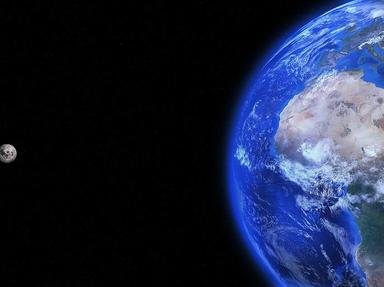Quiz Answer Key and Fun Facts
1. Between 700 BC and 200 BC, a large portion of the territory of present-day Ukraine was part of which ancient kingdom, famous for its magnificent gold artifacts?
2. The symbol on the Ukrainian coat of arms is often identified with a trident. Many scholars, however, believe it originally was a stylized depiction of what bird of prey, often associated with royal hunts?
3. It is estimated that about two-thirds of Ukraine's surface land consists of "chornozem", which contributes to the country's reputation as the "breadbasket of Europe". What does "chornozem" mean?
4. The south-eastern region of Donbas, which has been involved in a war against the government of Ukraine since 2014, is rich in which important (though detrimental to the environment) natural resource?
5. What eminent English-language writer of the turn of the 20th century was born in the historic city of Berdychiv in northern Ukraine?
6. What historic city, whose centre is a UNESCO World Heritage Site, became Ukraine's de facto western capital after the Russian invasion of February 2022?
7. Which of these famous Ukrainian sportsmen was elected Mayor of Kyiv in 2014, 2015, and 2020?
8. A few hundred specimens of what large, even-toed ungulate - also depicted in prehistoric cave paintings - are found in Ukraine's Carpathian region?
9. What is the essential ingredient of the Ukrainian version of borscht, the hearty soup associated with various ethnic groups of Central and Eastern Europe?
10. "Pysanky" are traditional Ukrainian Easter eggs. They are decorated with a technique similar to Indonesian batik, using which material of natural origin?
Source: Author
LadyNym
This quiz was reviewed by FunTrivia editor
agony before going online.
Any errors found in FunTrivia content are routinely corrected through our feedback system.

